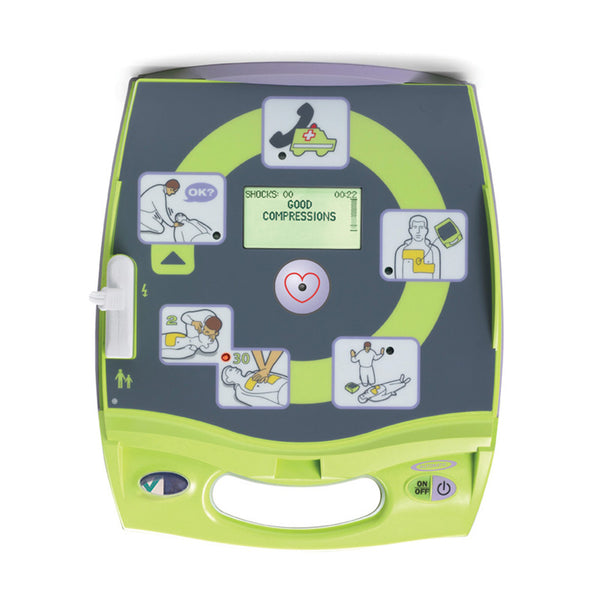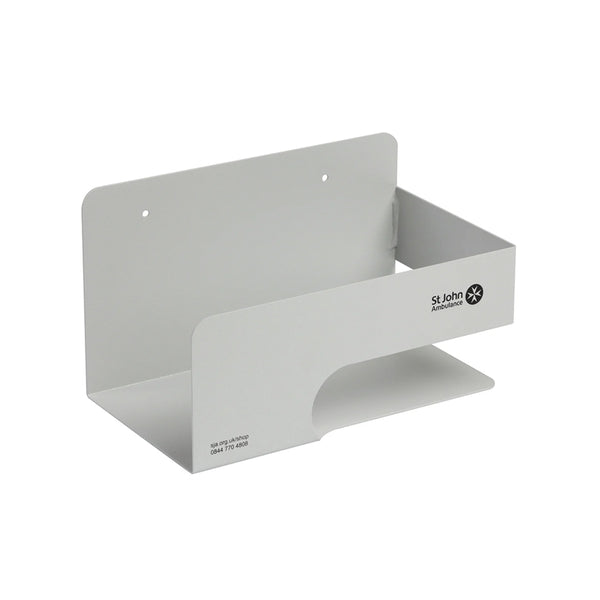This article is aimed at raising awareness of the benefits of defibrillators in the workplace by focussing on the key benefits of a fully automatic defibrillator.
Defibrillators have come a long way since 1980 when they underwent their first clinical trials. They are now recognised as a crucial piece of emergency, lifesaving equipment that can be used, in many cases, with minimal training. February is the British Heart Foundation’s Heart Month and one of the charity’s main aims is to raise awareness of heart conditions amongst the public at large. Not everyone can be medically trained but defibrillators offer the chance for everyone to potentially be a lifesaver. In this blog, we want to place particular focus on Fully Automatic Defibrillators and the distinct benefits that they offer, particularly in the workplace.
As a starting point, it is useful to recap on the two main categories of Defibrillator and offer a brief defibrillator comparison. These two main types are fully automatic and semi-automatic. Both types are designed to assess the patient’s heart rhythm during cardiac arrest to determine whether a shock is needed. However, a fully automatic defibrillator will then go on and administer the shock itself whilst providing clear instructions to the user about the steps it is taking. Whereas, a semi-automatic defibrillator will provide instructions about the need for a shock to be administered but it will require the user to press a button themselves to actually administer the shock.

Fully Automatic Defibrillator: The key benefits
1. It reduces hesitation and panic in the user. In a stressful and pressured situation, the user feels calm and reassured that the defibrillator will take the necessary steps itself based on its assessment of the patient rather than relying on the user to press the button upon instruction
2. This increased calmness leaves the user in a better position to calmly and properly follow the instructions and listen to the guidance issued by the defibrillator. If the user is thinking about pressing the button then they may fail to properly focus on the instructions being issued by the defibrillator – such as staying clear of the patient upon administering a shock.
3. It allows for a wide pool of potential users. Given the fully automated nature of the product, it can be used by those with only the minimum of training. Therefore, it is an ideal defibrillator in the workplace as any member of the workforce can potentially be a lifesaver by simply following the simple instructions from the defibrillator unit.
As well as in the workplace, there is a growing awareness of the need for defibrillators for sports clubs and the fully automatic defibrillator would be the ideal choice for the key reasons identified above. The clearest example of the benefit of defibrillators was with the case of Fabrice Muamba, who collapsed during a football match in March 2012 and whose life was saved through a combination of effective CPR and the use of defibrillation.
Another high profile example was the case of Bernard Gallacher whose life was saved following a cardiac arrest partly due to the presence of a defibrillator at the hotel where he was that evening. This led to Mr Gallacher leading a campaign to increase the amount of defibrillators located at golf clubs within the UK.
More information on Fully Automatic Defibrillator products
Fire and Safety Centre offer a range of fully automatic defibrillators ranging from the Zoll AED Plus Fully Automatic Defibrillator to the Lifepak CR+ model. A wide range of semi-automatic defibrillators are also offered and these can be compared on the Defibrillators page of the website.



